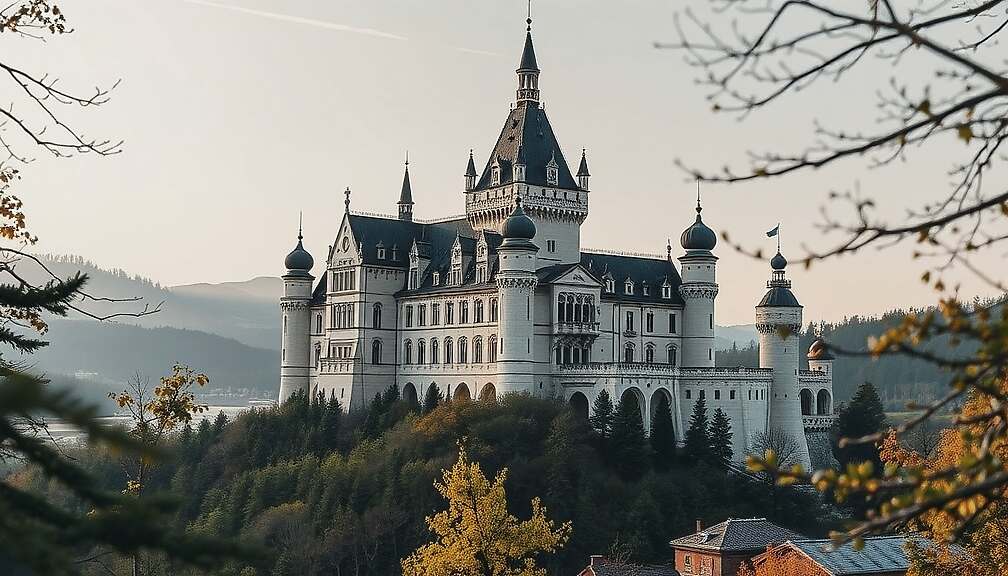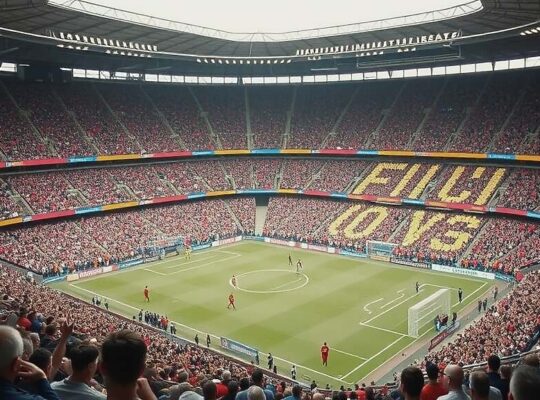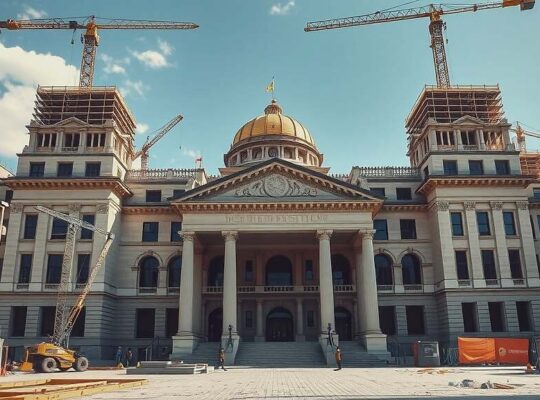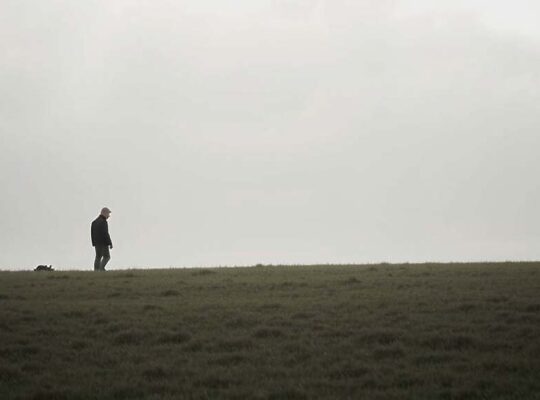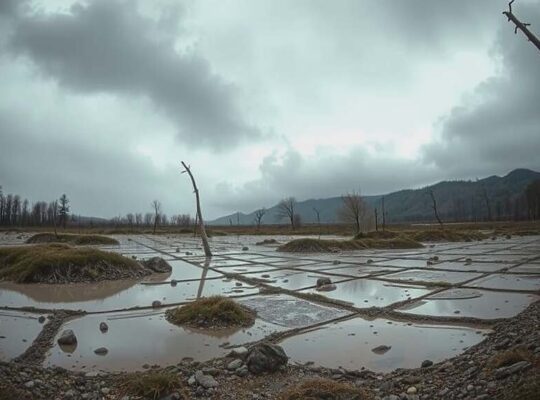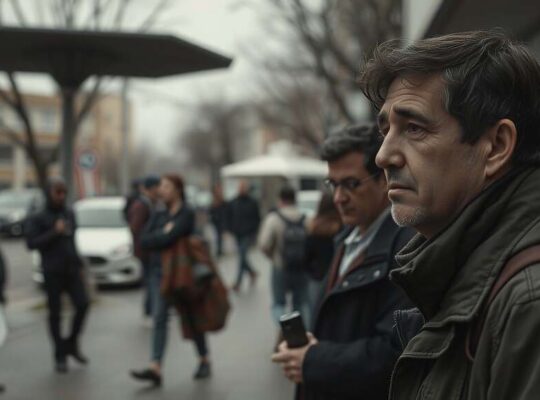The UNESCO World Heritage Committee has officially added the castles of King Ludwig II of Bavaria to the World Heritage List, a decision reached during their ongoing meeting in Paris. The ensemble, comprising Neuschwanstein, Linderhof, the Royal Building at Schachen and Herrenchiemsee, represents the “fantasy worlds” of the Bavarian monarch who commissioned the opulent retreats during the latter half of the 19th century for his personal enjoyment. This designation marks Germany’s 55th World Heritage site.
“The exceptionally high standards of heritage conservation practiced on-site can make an important contribution to future exchange within the international World Heritage community regarding the protection and preservation of heritage sites” stated Serap Güler, State Minister at the Federal Foreign Office.
Maria Böhmer, President of the German UNESCO Commission, highlighted the castles’ significance, saying, “They are all architectural masterpieces and bear witness to the artistic imagination, as well as the eccentricity, of the ‘Fairytale King.’ Neuschwanstein, Linderhof, the Royal Building at Schachen and Herrenchiemsee sprang from the dream worlds of Ludwig II. Today, they belong to the heritage of all humankind.
Neuschwanstein, the first of the four castles to be constructed, is renowned for its romantic turrets and dramatic mountain backdrop, embodying the quintessential fairytale castle. Its interior is richly decorated with motifs inspired by Wagnerian operas, including “Tannhäuser”, “Lohengrin”, “Tristan und Isolde” and “Parsifal”, reflected in murals, woodwork, porcelain figures and embroidery. The king ingeniously connected living and work spaces through an artificial grotto.
At Linderhof, Ludwig combined a desire for seclusion with cutting-edge technology. The Venus Grotto, featuring a colorfully illuminated waterfall, a rainbow effect and electric light, was remarkably advanced for its time. The electricity powering the lamps was supplied by a power station approximately 100 meters away, housing a steam engine.
The Royal Building at Schachen showcases Ludwig’s fascination with the Orient, prominently featuring a “Turkish Hall” built at an altitude of over 1,800 meters, where he held celebratory events. The Moorish Kiosk and the Moroccan House on the Linderhof grounds further demonstrate his enthusiasm for 19th-century Oriental fashion.
Herrenchiemsee, finally, represents Ludwig’s ideal vision of Versailles. This ambitious project ultimately led to the king’s financial ruin, contributing to his incapacitation and premature death at the age of 40. Just weeks after his demise in 1886, the castles were opened to the public.


